| Fluence




Fluence
Team size: Four
Key team members: Norm Maamary, Gurmeet Kaur, Madhooja Mulay, Martijn van Bemmel
What are the most significant cases or transactions that your legal team has recently been involved in?
The Fluence APAC Legal team had a very exciting year. Not only were we lucky enough to expand our team with an additional member (welcome, Madhooja Mulay!), but we also had the privilege of working on the most significant large-scale battery-based energy storage projects in the APAC region.
In 2022/23, many new Fluence projects were closed in Taiwan. Fluence’s success in that market results from close cooperation within the Fluence deal team (of which Legal is an integral part) and a reflection of our strong bonds with our customers.
In Australia, our team members Norm Maamary and Gurmeet Kaur were heavily involved in multiple projects, most notably the 200 MW/400 MWh Rangebank BESS in Cranbourne for Eku Energy and Shell, as well as the successful delivery and commissioning of the 150 MW/150 MWh Hazelwood Battery at the former site of the Hazelwood power station in the Latrobe Valley in Victoria.
Can you sum up the team culture or ethos?
Fluence’s core values are Leading, Agile, Responsible and Fun, and the Fluence APAC Legal team truly lives and breathes these values. Being part of a fast-moving deal team, the legal team has no choice but to step up to its responsibilities and take the lead on various topics, not rarely exceeding the pure legal domain. The business expects us to be more than a distant advisor and be part of the everyday decision-making process across various topics. For that, mental agility and prioritisation skills are a must-have.
This also makes the work in the Fluence APAC legal team a lot of fun. We are confronted with various challenges for which we must find creative solutions. This is the most fulfilling part of the work.
Does your team make use of interesting tech solutions to streamline its workload?
We started tracking our tasks in a custom-built Power BI solution this year. Fortunately, this differs from the time-recording systems our team still remembers from their days in private practice. Still, it is an innovative tool that helps (on a higher level) track the joint activities of the legal team worldwide. The output has been fascinating, giving insights into the amount of work, the type of work and the distribution of overtime work undertaken by the team. Crucially, it shows (in complex data) which internal clients ask for the most support from the legal team. This helps us align our team and priorities even closer with the demands of the business.